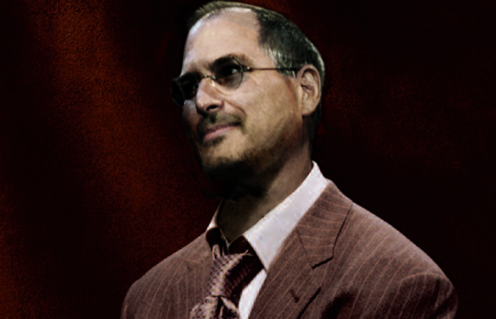Steve Jobs, and the one that got away

Marty Staff, our client at Joseph Abboud, told us about a call he’d received from Steven Jobs, the CEO of Apple. Marty’s company had their flagship store in a prime location in New York City, and Steve was looking for the perfect spot for the first New York City Apple Store. And here’s the first interesting thing: Jobs didn’t want Joseph Abboud’s store, he wanted the store next door. But his design scheme envisioned using half of Joseph Abboud’s storefront for his super-amazing Apple Store sign. Jobs decided that this was something that he must have for Apple. If he couldn’t get it, then the whole plan wouldn’t work for him. It was all or nothing.
So the CEO himself gets on the phone to “talk” to CEO Staff. What ensued was a two-hour sellathon during which Jobs tried everything in his bag of tricks to get Marty to give up the storefront to Apple. He spent a good part of the time on how perfect the new sign would look! At the end of the call, Marty wouldn’t and couldn’t give up half his valuable storefront, but he came away impressed by Job’s salesmanship and commitment. The man would not give up. He wanted the best for Apple and he would do what he needed to do to get it.
Successful salespeople fail more. This is precisely because they pitch more. They push themselves into situations only a great salesperson can close. That’s why real sales professionals scoff at “order takers.” Anyone can take an order. Selling a difficult prospect is something to take pride in.
There are, of course, other ways to think about it. High Probability Selling takes the opposite attitude. The world is full of prospects. So you make sure you’re only spending time and breath on people who are definitely in the market for the solution you’re selling.
Selling at speed – which is a core competency you need if you’re growing a mid-sized business — means deciding which approach to take in real time. When, as in the case of the Apple/Joseph Abboud Store, there is only one in the world, you’ve got to go for it. Turning a low probability sale into a sale is what it’s all about. You don’t need too many of those to be a legend.
For the rest, remember that marketing is there to reduce the need for selling. Reduce, not eliminate. Selling will always be essential. But when you have the right people, the right product, and the right offer at the right time, sales pros can focus. And order takers can do their thing too.

